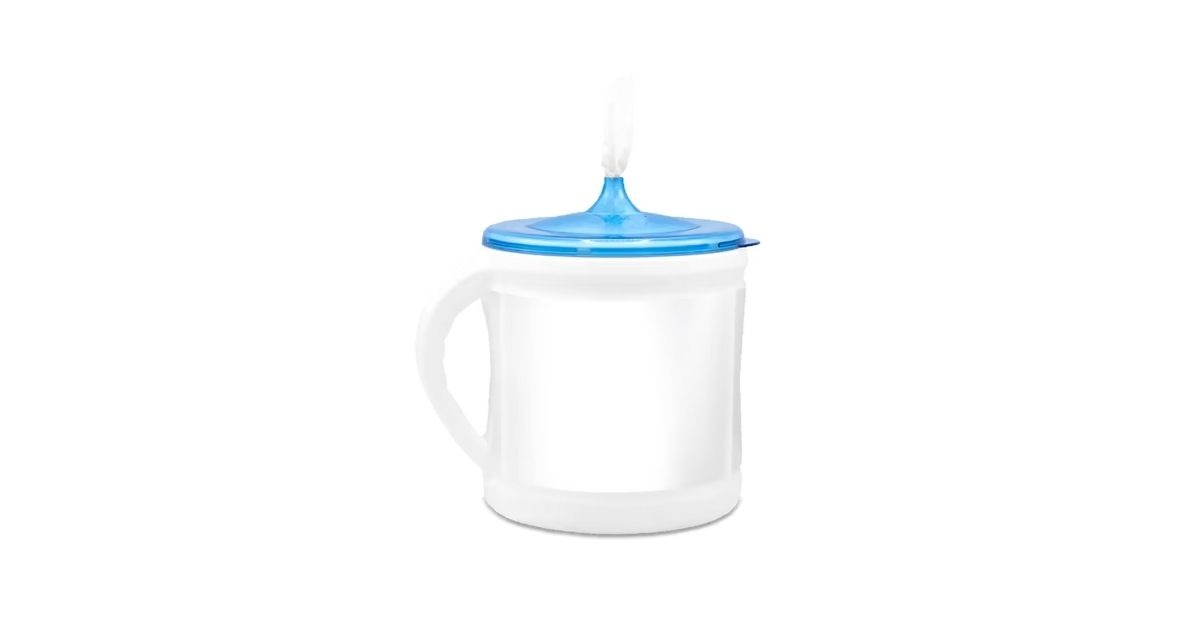In the ongoing quest for cleanliness and hygiene, the humble wipe dispenser has emerged as an unsung hero, quietly revolutionizing how we approach personal and environmental sanitation. From its early beginnings to modern, technologically advanced iterations, the wipe dispenser has become an integral part of our daily lives. It offers convenience, efficiency, and a shield against the invisible threats that lurk in our surroundings.
At its core, the wipe dispenser serves the fundamental purpose of providing a seamless and accessible means of dispensing wipes. Initially resembling basic tissue dispensers, these early models required manual interaction, prompting users to pull out wipes one at a time. While functional, this method needed more efficiency and sophistication demanded by contemporary hygiene standards.
The advent of touchless technology marked a significant turning point in the evolution of wipe dispensers. In a world increasingly mindful of cross-contamination, touchless dispensers have become commonplace in public spaces, healthcare facilities, and beyond. Operated by motion sensors, these dispensers allow users to retrieve wipes without physical contact, not only streamlining the process but also minimizing the risk of spreading germs. The touchless revolution has elevated the wipe dispenser from a mere convenience to a crucial tool in the ongoing battle for public health.
As environmental concerns gain prominence, wipe dispensers have also adapted to meet sustainability standards. Manufacturers have embraced eco-friendly materials, creating dispenser designs that are recyclable and biodegradable. This environmentally conscious approach not only addresses the growing need for sustainable solutions but also mitigates the ecological impact associated with disposable wipes, aligning the wipe dispenser with global efforts to reduce waste.
In tandem with touchless technology, smart features have made their way into modern wipe dispensers, transforming them into intelligent hygiene management systems. Some advanced dispensers are equipped with sensors and connectivity options, enabling real-time monitoring of usage patterns. This not only facilitates efficient maintenance but also allows for data-driven decision-making, optimizing resource allocation and reducing operational costs. The integration of smart technology positions the wipe dispenser as a proactive component in facility management, going beyond its traditional role.
In healthcare settings, where the stakes are higher in the battle against infections, specialized medical-grade wipe dispensers have emerged. These dispensers often feature sealed systems to prevent contamination, catering to the stringent hygiene requirements of healthcare professionals. The evolution of wipe dispensers in healthcare reflects a commitment to creating sterile environments and minimizing the risk of infections in critical settings.
The journey of the wipe dispenser, from a simple container to a touchless, sustainable, and smart hygiene guardian, underscores its transformative role in our daily lives. As we navigate an era marked by health crises, the wipe dispenser has become a symbol of resilience and adaptability. Its evolution mirrors societal shifts towards advanced technologies, sustainability, and an enhanced awareness of the vital role hygiene plays in safeguarding our well-being.
In conclusion, the wipe dispenser, often overlooked in its simplicity, has emerged as a multifaceted solution in the pursuit of cleanliness. Its evolution showcases a commitment to innovation, sustainability, and the ongoing battle for a healthier and safer world. As it continues to evolve, the wipe dispenser remains a steadfast ally in our collective efforts to combat unseen threats and promote a culture of hygiene excellence.

